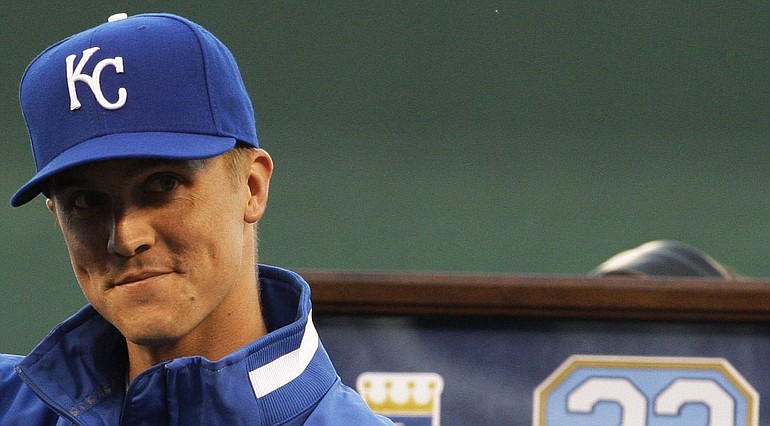We’ll start with the basics: This isn’t your father’s baseball.
Sure, there are similarities. There are home runs and strikeouts and the seventh-inning stretch. And you still have to take a round bat and a round ball and hit it square.
But the way the game is evaluated has been engulfed in a revolution over the past 30 years, and that’s what this column is about.
For the 10th straight season, we will be writing about the revolution each week in this space. We’ll discuss the newfound metrics and the updated philosophies that have altered the way teams and fans look at players.
Take batting average. Please. (Sorry, old joke).
Batting average used to be the Holy Grail of baseball statistics. Now it is an afterthought, viewed as a poor measure of a hitter’s productivity.
Look at it this way: If the Mets and the Red Sox both hit .270 as a team last year, how come Boston scored 201 more runs?
The answer is that the Red Sox had a slugging percentage that was 60 points higher, and an on-base percentage that was 17 points higher. And those are the things that matter.
If you’re reading this, you probably knew that; like I said, we’re starting with the basics. But if you still think batting average is an accurate measurement for a hitter, well, somewhere there’s a Flat Earth Society membership with your name on it.
Yet, all of this can get complicated. Once upon a time we had batting average to deceive us into believing that Juan Pierre is a good hitter because of his .300 lifetime average. Now we have OPS and OPS-plus and VORP and Win Shares and Win Probability Added.
And that’s just the beginning. If you have a reverence for numbers, then modern baseball fandom is your religion and baseball-reference.com is your house of worship.
The revolution started some three decades ago with Bill James, a brilliantly talented man who likes to look at baseball in unconventional ways while pointing out that on-base percentage is the single most important statistic. Disciples followed, expanding upon James’ work and developing additional metrics and all manner of Web sites.
Then Michael Lewis wrote a book called “Moneyball,” which examined the tension between the new statistics and traditional scouting methods, bringing the issue into the public consciousness.
And along the way, the new thinking gained some traction. That was evident last year when, among other things, Zack Greinke won a Cy Young Award despite having only 16 wins.
Six AL pitchers had more victories, but Greinke led the league in ERA by a mile, and his win total was limited by the fact that he pitches for the Kansas City Royals. The voters recognized this, which reflects progress in the understanding of statistics.
These are the kinds of things we’ll look at in this column. And we’ll take the modern statistics and apply them to the past, examining the history of the game and re-evaluating past greats.
For example, did you know that, at his peak, Mickey Mantle was a far better player than Willie Mays? Or that Bobby Abreu is a much better offensive player than Ichiro? Those things are true, and they are demonstrable through a proper understanding of the numbers.
Not that any of this should detract from the simplistic, nostalgic joy that is baseball. In fact, it should supplement and enhance that joy. That means that today’s game isn’t the same one your father used to know. It’s better.



